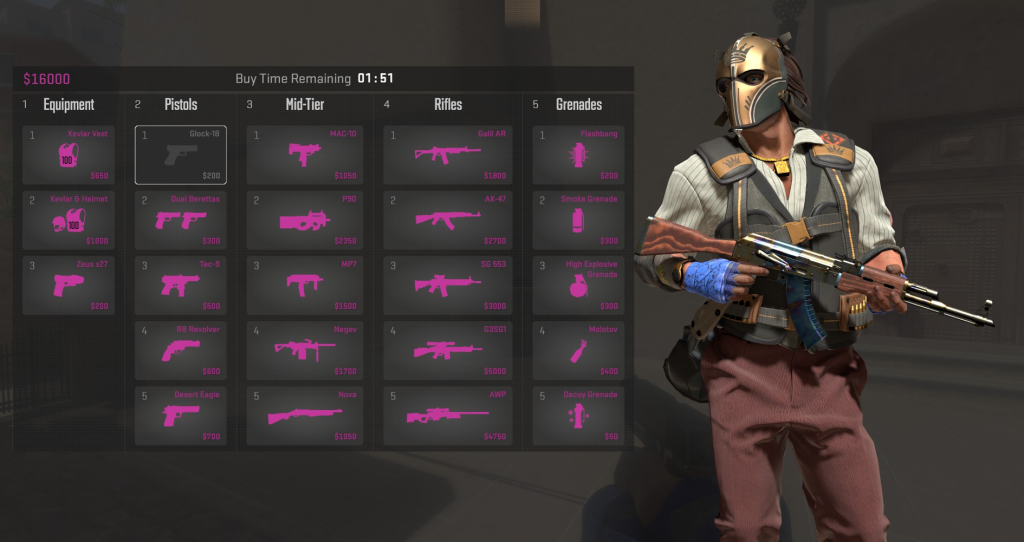The Hookup Doctor's Guide
Navigating the world of modern dating and relationships.
In the Zone: How Team Coordination Changes the Game in CS2
Discover how team coordination in CS2 can elevate your gameplay and transform your strategies—boosting your chances of victory like never before!
The Importance of Communication in Team Coordination for CS2
Effective communication is the cornerstone of successful team coordination, especially in the fast-paced environment of Counter-Strike 2 (CS2). When players communicate clearly, they can devise strategies, share vital information about enemy movements, and execute complex maneuvers smoothly. This level of coordination not only enhances team performance but also boosts morale, as players feel more connected and aware of their teammates' actions. For instance, calling out enemy positions or sharing weapon status can turn the tide of a match, creating opportunities for victory that might have otherwise been lost.
Moreover, fostering a culture of open and honest communication helps to mitigate misunderstandings and conflicts within teams. In CS2, where split-second decisions are crucial, miscommunication can lead to disastrous outcomes. By encouraging team members to express their thoughts and concerns, teams can address issues proactively, leading to improved trust and collaboration. Regular check-ins and debriefs can also serve as platforms for constructive feedback, allowing players to refine their skills and strategies together, ultimately leading to better overall team performance.

Counter-Strike, often abbreviated as CS, is a highly popular tactical first-person shooter game series that pits teams of terrorists against counter-terrorists. Players can test their knowledge of the latest iteration with a fun CS2 Quiz to see how well they know the game mechanics and strategies. The series has a competitive scene, drawing in millions of players from around the world.
5 Key Strategies for Enhancing Team Coordination in CS2
In the fast-paced environment of competitive gaming, enhancing team coordination in CS2 is crucial for success. One key strategy is to establish clear roles within the team. This ensures that each member understands their responsibilities, from entry fragging to support roles, minimizing confusion during high-pressure scenarios. Additionally, utilizing in-game voice communication tools effectively allows for real-time strategy adjustments and fosters a collaborative atmosphere.
Another important strategy is to conduct regular practice sessions focused on map knowledge and teamwork. Creating a schedule that emphasizes tactics and coordinated plays can significantly improve synergy among team members. Furthermore, after-match reviews are invaluable; analyzing gameplay helps identify strengths and areas for improvement, ultimately leading to better team coordination. By implementing these strategies, teams can enhance their overall performance and competitiveness in CS2.
How to Build Trust Among Team Members in Competitive CS2 Matches
Building trust among team members in competitive CS2 matches is essential for enhancing collaboration and performance. First, communication plays a pivotal role; teams should establish open lines of dialogue where players feel comfortable sharing their thoughts and strategies. Regular team meetings, whether through voice chat or team-specific platforms, can help in discussing tactics and addressing any issues. Additionally, using tools like video analysis can foster a deeper understanding of team dynamics and individual roles, which ultimately cultivates trust.
Moreover, consistency in gameplay is crucial for developing trust. Team members need to rely on each other to perform their roles effectively. To achieve this, setting clear expectations and goals using a structured approach, such as SMART goals (Specific, Measurable, Achievable, Relevant, Time-bound), can enhance accountability. Encourage team bonding activities outside of matches; these interactions can help break down barriers and strengthen relationships, allowing players to support one another both in-game and off, which is key to succeeding in a competitive environment.